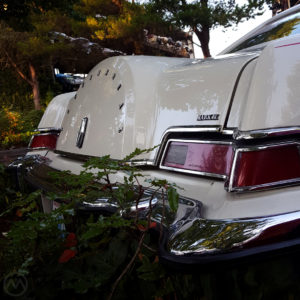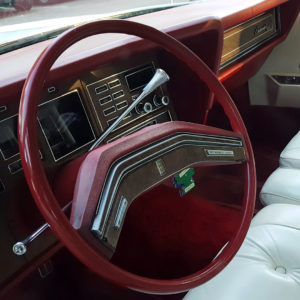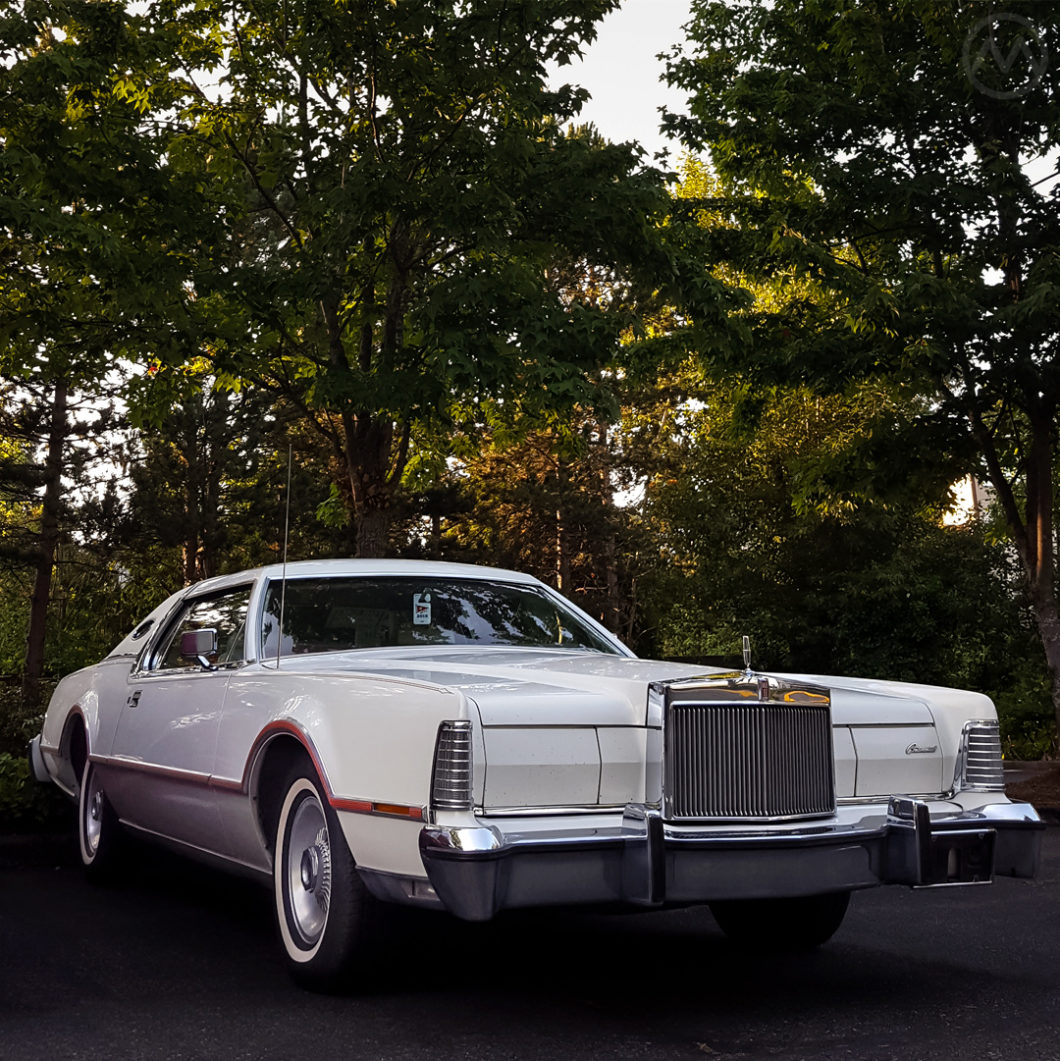The Lee Iaccoca-created Lincoln Continental MkIII was a smash hit for the brand – it repeatedly bested Cadillac’s Eldorado from 1969-71, and 79,381 MKIIIs were made in all. During the 1969-70 model years, Lincoln’s staff turned to replacing it – and not messing with success.
Multiple studios competed to design the MkIV (the MkIII and IV names were used despite there having been full-size “marks” in 1958-60, slow sellers which Henry Ford II hated and which the company preferred to forget), as was standard Ford practice.
Bunkie’s Move
In an episode perhaps emblematic of why his time at Ford was so short, Semon “Bunkie” Knudsen, the famous reinventor of Pontiac who was Ford’s President for a scant 18 months in 1968-69, unilaterally chose the winner.
Knudsen chose Wes Dahlberg’s proposal after walking into his studio unannounced – and from there on in, Dahlberg and his team, working under Gene Bordinat, had free reign to make the design happen – their orders were only to make it production-feasible.

Dahlberg had worked on Ford-of-Europe products and then the Pinto for a decade, and recounted being delighted to work on a long, low, wide, long-hood/short-deck design to a Lincoln club magazine in 1984.
An alternate proposal with much sharper edges from from Ron Perry and Steve Sherer (working under Don DeLaRossa) was later dusted off and used for the MkV.
Like the III, the MkIV was based on the Thunderbird, but in this case, the MkIV was done first and the T-bird styled around the basic body shape.
They were huge cars – after impact bumpers were added in 1973, was 228” (5.8M) long and weighed 5,300 lbs. (in 1972, the light-bumper MkIV was actually slightly lighter than the outgoing MkIII, but that didn’t last), and all were powered by the big 460 V8 coupled to a C6 Automatic.
With so much sound deadening and sheetmetal, they were quiet, cosseting cars with every electric toy in the book, including “Sure-Track” – an early form of ABS acting on the rear wheels only.
Decors and Designers
One of the best things about the car, from a buyer’s standpoint, was the availability of various options to personalize it. This is the car that gave birth to the “designer” Marks (Bill Blass, Cartier, Givenchy, Pucci) in 1976. But the designer cars had several warm-up acts – starting with the “Silver Luxury Group” in mid-1973, a special edition brought over from the regular Continentals.
It was joined by a Gold Group in 1974, and then a host of luxury groups for 1975 – Blue Diamond, “Lipstick” Red/White, Saddle/White, and a spring “Versailles” edition that presaged a name Lincoln would shortly use on a new model.
1976 brought forward even more personalization – with the Bill Blass/Cartier/Givency/Pucci editions at the top of the heap and new combos too – Red/Rose, Light or dark Jade mixes, Jade/White (a personal favorite), and Gold/Cream.
The spring of 1976 brought more specials – “Black Diamond,” “Desert Sand,” “Silhouette,” and a return of “Lipstick” red or white.
On the “Lipstick” cars, white or red paint was accented by a white interior with red trimmings (door trims, seat belts, pull handles, and leather stripes on the seats) and red carpets, with the exterior having red side molding strips. Bold and brash, these rare cars were not for shying violets.

Knudsen’s unilateral choice was definitely not Ford protocol, but the MkIV was a huge seller anyway, though 1974-5 were more difficult years because of the OPEC hangover.
The special edition cars were typically a $1,500-2,500 more expensive than the regular MkIVs, but they weren’t much more costly to make – so Lincoln really liked them.
It’s unknown how many “Lipstick” cars were made, and estimates vary wildly – from 50-100 to up to 1,000 (which seems very unlikely). This one sports what has to be the perfect accessory – a Yacht Club parking permit on the rear view mirror.

